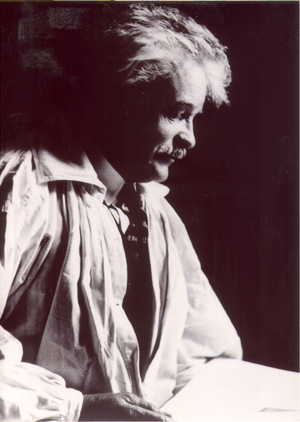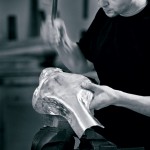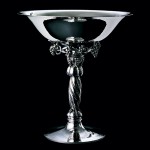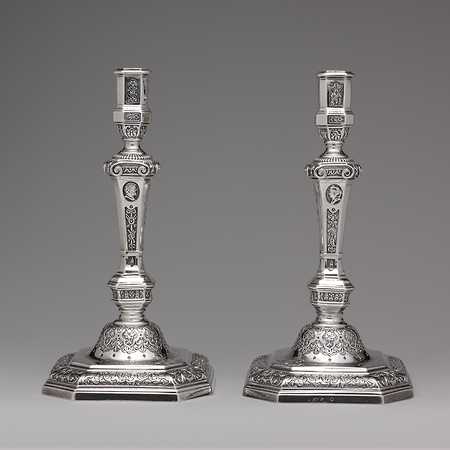- Craftsman at work
- Jenson Goblet
- Jenson Hallmark
It’s little wonder silver is such an attractive collectable – not only does it hold its intrinsic metal value regardless of changes in fashion, but the fact that many pieces are small means storage is relatively easy. Here Ben introduces Georg Jensen, a maker whose distinct style has enduring appeal…
Scandinavian design
Modern associations of Scandinavian style with cheap & cheerful furnishings from a certain Swedish furniture giant are somewhat unfair – this group of Northern European nations has a long history of artistry that extends back to the Viking era, and an art for making even the most simple, everyday items objects of beauty.
No name is more synonymous with this proud history that that of Danish silversmith Georg Jensen whose legacy lives on through the company of talented artists and craftsmen he founded which, to this day, creates beautiful silver designs inspired by his distinctive style.
Timeless appeal
Born in 1866, Jensen’s work is heavily influenced by the art nouveau movement, which was in its infancy when he was awarded a grant from the Danish Academy to tour the art centres of France and Italy in the early 1900s, having struggled to make a living as a sculptor and potter. On his return, he set out on his life’s work, with an ambition of making everyday objects that combined beauty and utility to give pleasure to their user.
Following a period working for Danish silversmith Mogens Baillin, who allowed his protégé to exhibit their work under their own names, Jensen established his own company in 1904; the birth of what is now an iconic brand. A vast range of silverware, from the purely decorative – jewellery and centrepieces – to functional tableware – all carries the Jensen hallmark of stylised design, making his work popular with collectors of both silver and art nouveau. However, while Jensen himself was a follower of art nouveau, he allowed his designers artistic freedom and, following his death in 1935, the company continued to evolve and create fresh, contemporary items of silverware and, more recently jewellery.
Nature as inspiration
The art nouveau movement used nature as its inspiration and nowhere is this more evident that in Jensen’s flatware designs where stylised floral motifs are an enduring feature. In fact the most common Jensen pattern is ‘Acorn’ (or KONGE to give it its Danish name) with other botanically influenced collections including ‘Lily of the Valley’, ‘Dahlia’ and ‘Fuchsia’.
Other Georg Jensen collections are based on showcasing pure craftsmanship rather than borrowing elements of natural beauty, amongst them ‘Beaded’ and ‘Rope’, while ‘Continental’ is believed to be based on the form of traditional Nordic wooden utensils.
By the 1920s, art nouveau was giving way to art deco and Jensens designs altered according to fashion, with the straight, streamline forms of designs such as Pyramid, Cactus, Bittersweet and Parallel taking centre stage.
Even today, Jensen is a name synonymous with the production of luxury modern items with items such as its ‘fusion’ range of jewellery somehow managing to contemporary yet timelessly stylish at once. This, above anything, is perhaps why Jensen’s work is so sought after.
Identifying Georg Jensen
The best way of telling whether you have a genuine piece of Jensen is to check the hallmark. This will normally be located on the back of flatware and on the bottom of most other silver items. The stamp should have the letters G & J entwined – they may be of varying style and size as this evolved over the course of the company’s history.
Think you may have some Georg Jensen pieces in your collection? It’s well worth getting them valued – if only for insurance purposes.

























